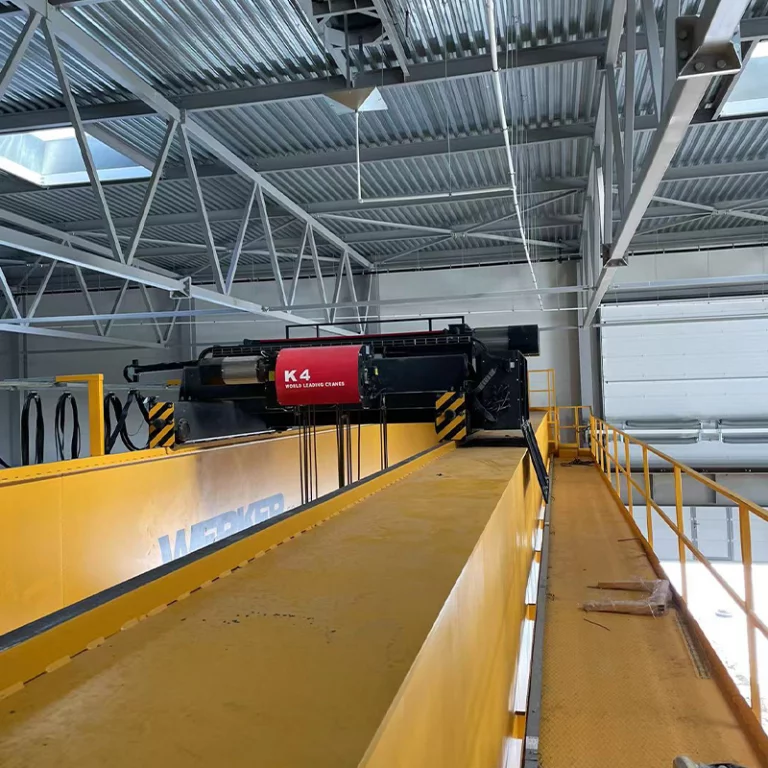Operating a winch is an essential skill for safety and efficiency in lifting operations. A winch for crane applications is designed to lift, lower, or pull heavy loads with ease. Proper operation involves understanding the equipment and following specific guidelines to ensure a smooth and safe lifting process.
Pre-Operation Inspection
Before using a winch for crane purposes, it’s vital to conduct a thorough pre-operation inspection. Ensure that the winch is in good working condition by checking the cable or rope for any frays or damage. Inspect the hooks, brakes, and all moving parts. If using electric winches for sale, verify that the electrical connections are secure and free from wear. Additionally, confirm that the load does not exceed the winch’s capacity to prevent accidents and equipment failure.
Operating the Winch
Once the inspection is complete, you can begin operating the winch. Here are key steps to follow:
1. Attach the Load: Securely attach the load to the winch hook using appropriate rigging techniques.
2. Start the Winch: Engage the winch controls gently to begin lifting. Maintain smooth movements to minimize strain on the winch and load.
3. Monitor the Operation: While operating, keep a close eye on the load and the winch performance. Ensure that the built-in overheating and overload protection features are functioning correctly.
4. Lowering the Load: When lowering the load, do so gradually to maintain control. Use the standard two-speed motor to adjust speed as necessary.
Conclusion
In conclusion, operating a winch requires careful attention to detail and adherence to safety practices. A reliable winch for crane applications can significantly improve efficiency and safety on the job site. For high-quality options, consider WORLDHOISTS‘s wire rope hoists, which come equipped with advanced safety features like overheating and overload protection, ensuring safe lifting operations in various environments.


